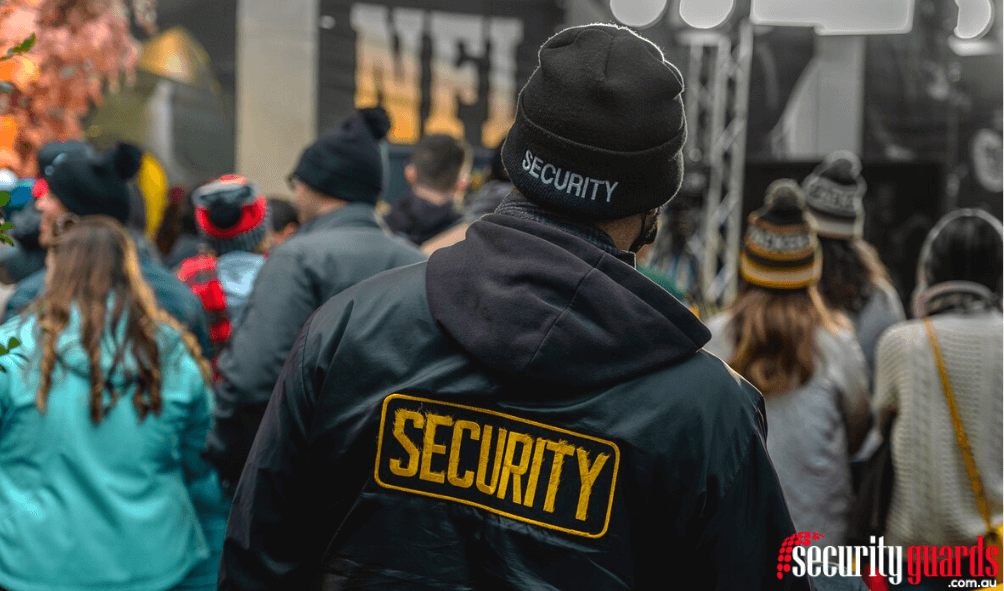The venue should be bustling with attendees for upcoming events, whether a concert, festival, conference, or sporting competition. A large number of people at an event can be exciting and energizing. Still, it also creates an atmosphere of latent risk that can be dangerous and even fatal if there aren’t sufficient Hire Crowd Controllers in Melbourne.
These procedures can also be viewed as suggestions for the efficient management of large crowds:
1. Planning:
Planning for crowd control early on will help ensure that your event goes off without a hitch and that everyone has a good time. You are not responsible for every aspect of the event’s execution, even as the organizer. Talk to important people both inside and outside your company, such as department heads, team leaders, event contractors, the venue owner (if it isn’t you), local authorities, emergency services, first responders, local transport providers, nearby businesses, and anyone else who your event might impact.
2. Knowing Your Audience:
Depending on the specifics of your event, estimating its expected turnout could prove difficult. Some businesses have their visitor traffic patterns down to a science, while others are completely at the mercy of holidays, inclement weather, or the operating hours of unique attractions. You can see how many people might show up based on similar events’ past attendance rates, ticket pre-sales, or other metrics.
3. Security Risk Assessment:
Our security risk assessment helps you with Possible threats at your event including equipment failure, fire, and bombs, and you may be required by law to evaluate these possibilities. The crowd’s inherent risk should also be considered, but this is only sometimes so simple. Moving crowds pose the greatest threat to public health and safety. It is important to find ways to safely manage the movement of large groups, both when they are gathered in one place and when they are making their way through the venue.
Staggering the entry process, setting up concrete or plastic barriers to keep pedestrians and vehicles separate, using fencing to keep emergency access routes clear, employing stewards to supervise entry and exits to control the flow of guests moving, directing people away from areas likely to cause bottlenecks (stairs, narrowing corridors, gates, or turnstiles), and making sure all walkways are well lit are all options to consider.
4. Conversing with the crowd:
The best way to convey your message to the audience will be determined by the specifics of your event and its location. Fixing a notice in a prominent location or using an LED board to display updates is the simplest way to disseminate crucial information.
Signs should be placed where they can be easily seen from a distance to reduce the likelihood that guests will need to pause what they’re doing to read them. Guests will appreciate having access to maps, which can be displayed on Event & Party Security Guards signs or included in printed promotional materials, to help them navigate the event space.
Conclusion
Think back on what worked well and what could have been done better, and make some notes to refer to when organizing your next event. Learn as much as possible at each event, even if you’ll be at a different location, working with a diverse team, or managing a different crowd.

